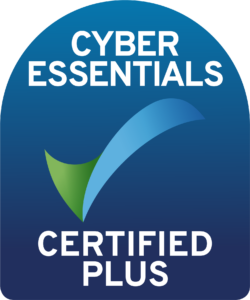Establishing the format for a video is the first step that makes the rest of the process easier to manage by setting expectations about purpose, content and budget.
Broadly speaking there are seven formats which can accommodate most tech marketing objectives. Here’s how they compare:
The teaser video
As the name suggests, its purpose is to draw early attention and interest to a product, service, solution, proposition, event. The teaser is usually followed by a more detailed communication with a specific call-to-action. Teaser videos have the shortest possible running time. Typical running time: 5 to 15 seconds.
The trailer video
The trailer goes one step further than the teaser with more detail and a clear call-to-action. Trailers are usually constructed from a highly edited version of content from assets (including explainer/promo/vision/documentary videos) that are part of a marketing campaign or programme. Typical running time: 15 seconds to 45 seconds.
The explainer video
One of the more commonly used formats for tech marketing. The explainer is usually aimed at an audience that has influence or a decision-making role in a business or technical capacity. While not as detailed as a demo video, it can alternate between ‘lite’ explanation of a technology solution (for example) and the translation of features into business benefits/advantages. Typical running time: 1.5 to 3.5 minutes.
The demo video
This format will guide the audience through a user experience or journey for a product, solution or service. With careful content editing, the demo video should ideally balance the explanation of features, functions and options with examples of use cases that create context and demonstrate value. Above all, the demo video should not attempt to replace a weighty user manual. Typical running time: 3.5 to 5 minutes.
The showcase video
Not all tech marketing is about the ‘tech’. The showcase video enables tech companies to promote all aspects of the business- from talent diversity to sector expertise. Video is a particularly powerful medium for this purpose but care must be taken to balance achievements with facts and success with evidence. Typical running time: 1.5 to 3.5 minutes.
The documentary video
This video format is more about content than concept. Like all other formats it has to have a clear purpose or message but will ultimately be driven by the ability to obtain insights, observations, commentary, testimonials, access to record products, services or solutions in action or document the progress and success of other aspects of a technology business. Typical running time: 2.5 to 5 minutes.
The vision video
Video is the perfect medium for a tech business to present a vision for a future state, a thought leadership concept or an innovative direction. A successful vision video strikes the right balance between articulating that vision and showing evidence of the ability to achieve it. And if that vision requires commitment from an audience, the video will also set out a clear path for involvement. Typical running time: 1.5 to 5 mins.
Mixing formats
The majority of what needs to be conveyed in a video project will determine which of these formats will best serve your purpose. However, don’t be afraid to mix formats when it suits. For example, a demo video may benefit from the inclusion of documentary testimonials about the ease of using a particular product, service or solution. The key to avoiding complication or dilution is to establish the main purpose and format first.
Go to The Rubicon Video Gallery to see examples of these formats.
